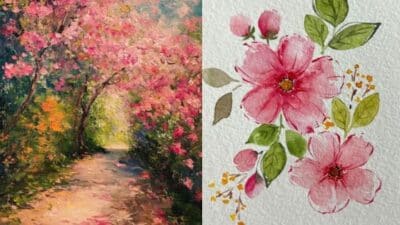Surreal drawing invites you into a world where reality and imagination merge, creating visuals that challenge conventional perceptions. This artistic style emerged from the Surrealist movement, which sought to unlock the creative potential of the unconscious mind through unexpected juxtapositions and dreamlike imagery. Surreal drawing techniques offer artists unique ways to express complex emotions and thoughts that might otherwise remain hidden in our everyday experiences.
When you explore surreal drawing, you’re joining a rich tradition that includes renowned artists who used simple tools to create profound visual statements. The approach encourages breaking free from logical constraints, allowing elements like melting clocks, floating objects, or impossible architecture to coexist in harmony. Traditional artists often find that transitioning between conventional and surreal styles helps develop versatility and deeper creative expression.
The beauty of surreal drawing lies in its accessibility—you don’t need expensive equipment or formal training to begin. Simple techniques like automatic drawing (letting your hand move without conscious direction) or combining unrelated objects can produce striking results. This artistic approach remains relevant today because it provides a visual language for expressing the complexities of human experience that literal representation sometimes cannot capture.
Key Takeaways
- Surreal drawing combines reality with imagination to express subconscious thoughts and emotions through unexpected visual combinations.
- You can start creating surreal art with basic drawing materials by employing techniques like automatic drawing or juxtaposing unrelated elements.
- Understanding the principles of surrealism can transform your artistic practice by freeing you from conventional rules and expanding your creative possibilities.
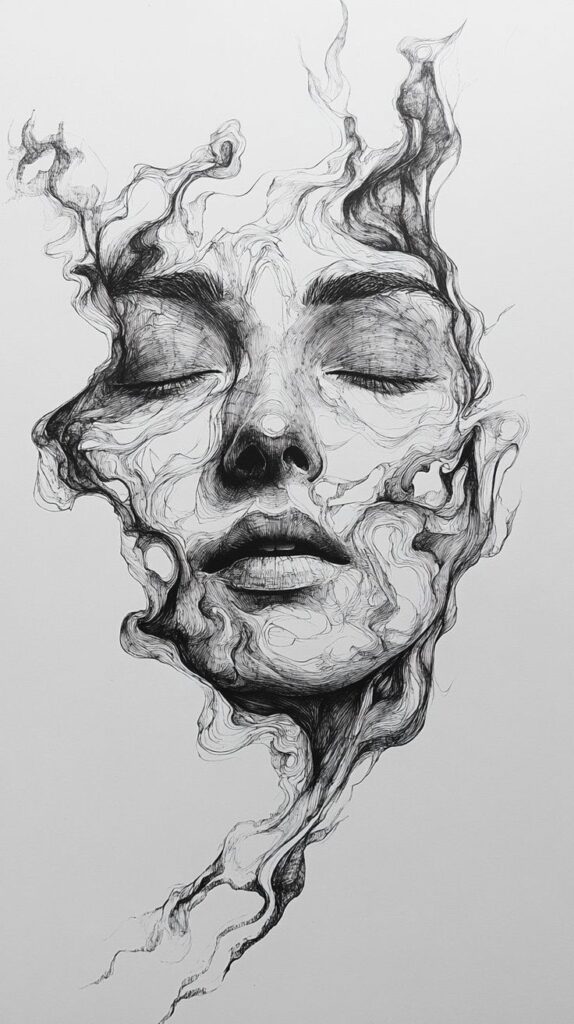
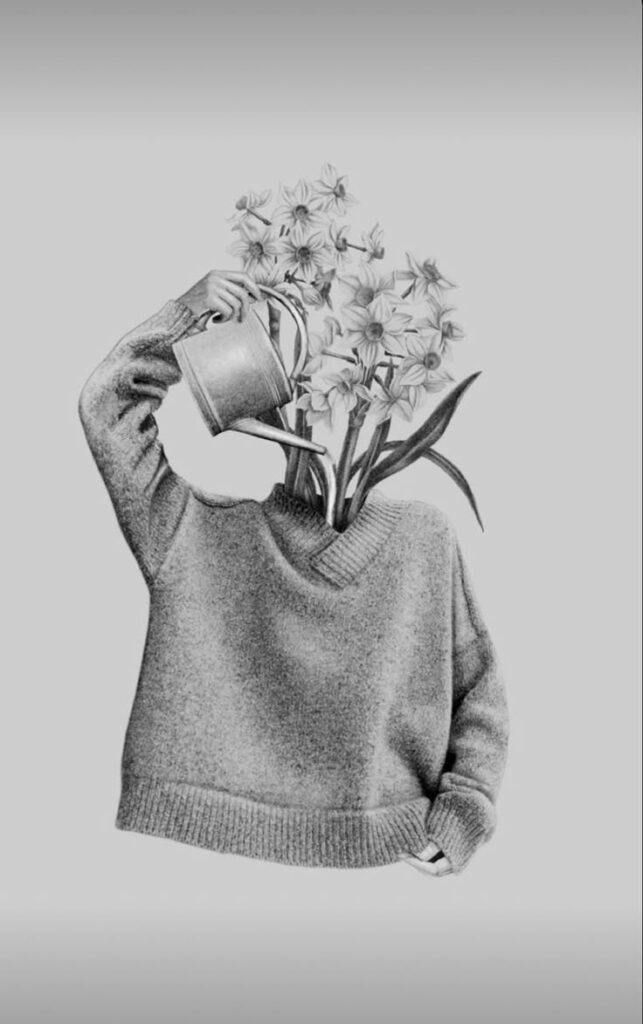
Understanding Surreal Drawing
Surreal drawing exists at the fascinating intersection of artistic technique and psychological exploration. It challenges conventional representation by tapping into dreams, the unconscious, and irrational thoughts to create visually striking imagery that transcends ordinary reality.
Defining Surreal Drawing
Surreal drawing refers to artwork that depicts unreal scenes and impossible combinations of objects or ideas. It breaks free from logical constraints and realistic representation to create dreamlike imagery. When you create surreal drawings, you’re essentially visualizing the impossible or improbable.
These drawings often feature unexpected juxtapositions, distorted perspectives, and metamorphosis of forms. For example, melting clocks, floating objects, or hybrid creatures that combine human and animal elements.
The medium itself isn’t limited—surreal drawings appear in pencil, ink, charcoal, and digital formats. What defines them is their content and approach rather than technique.
Origins in Surrealism
Surreal drawing emerged directly from the Surrealist movement of the 1920s. Artists like André Masson, Salvador Dalí, and Joan Miró pioneered techniques to bypass conscious control and access the unconscious mind.
The movement was heavily influenced by Freudian psychoanalysis and sought to resolve contradictions between dream and reality. Surrealists valued drawing as an immediate and intimate medium for automatic expression.
Techniques like “automatic drawing” allowed artists to work without conscious planning, letting the hand move freely across paper. This approach was considered a direct channel to unconscious desires and thoughts.
Surrealism represented a revolutionary approach, seeking to transform human experience through artistic exploration of the irrational and dreamlike.
Core Themes: Imagination and the Irrational
When you engage with surreal drawing, you’re exploring several recurring themes. Dreams and nightmares provide rich source material, with artists translating sleep imagery into visual form.
The unconscious mind takes center stage, revealing hidden desires, fears, and thoughts that might otherwise remain buried. This often manifests in uncanny or unsettling imagery that feels simultaneously familiar and strange.
Surreal drawings frequently incorporate metamorphosis—objects transforming into other things—symbolizing the fluid nature of dreams and thoughts.
Another key theme is the juxtaposition of unrelated objects, creating new meanings through unexpected combinations. This technique challenges your perception and invites multiple interpretations.
Time and space distortion appear frequently, with objects defying physical laws in ways impossible in reality but common in dreams.
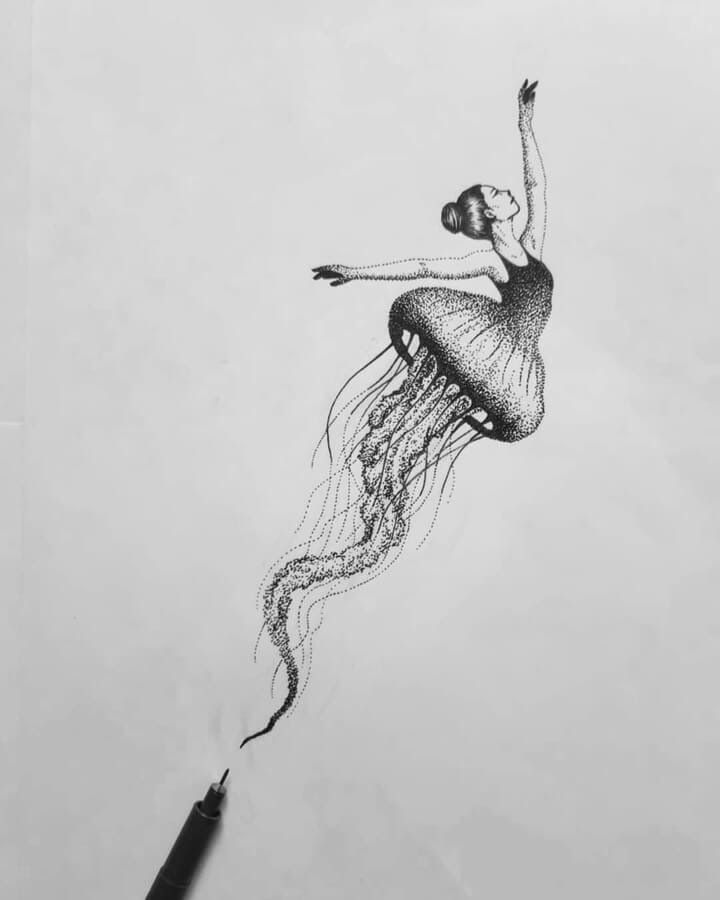
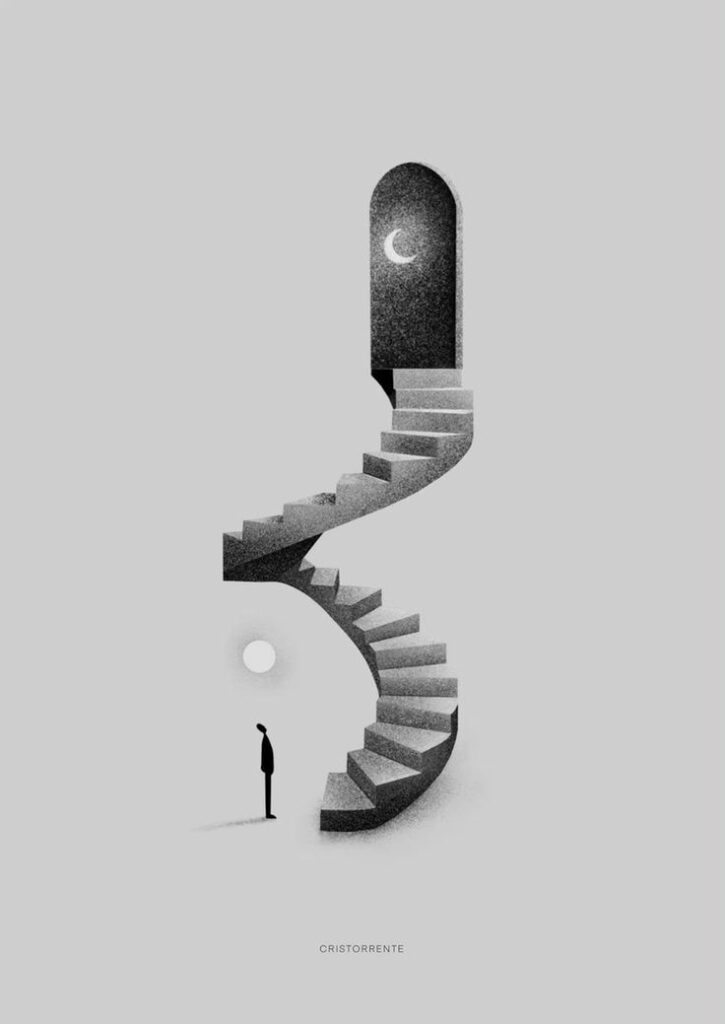
Characteristics of Surreal Drawing
Surreal drawing embraces the mysterious realm between consciousness and dreams, featuring distinct visual elements that challenge reality. These characteristics work together to create artwork that feels both familiar and deeply unsettling.
Bizarre and Unexpected Elements
Surreal drawings thrive on juxtaposition, placing unrelated objects together to create new meanings. You’ll often find everyday items reimagined in surprising contexts that defy logic and expectations.
Symbolic imagery plays a crucial role, with objects representing deeper psychological meanings beyond their literal appearance. Artists frequently incorporate:
- Recurring motifs: Clocks, eyes, or metamorphosing figures
- Impossible scenarios: Objects floating, melting, or existing in impossible spaces
- Dreamlike landscapes: Barren deserts, infinite horizons, or architectural impossibilities
The combination of recognizable elements in unexpected arrangements creates cognitive dissonance. This tension between the familiar and the bizarre is what makes surreal drawing so compelling and thought-provoking.


Distortion and Animation in Surreal Art
Surreal drawings deliberately distort reality through exaggerated proportions, impossible physics, and dreamlike transformations. You’ll notice how artists manipulate perspective and scale to create unsettling effects.
Objects often appear to be in states of transformation or movement. Solid forms might melt, stretch, or morph into other entities—challenging your perception of stability and permanence.
Technical approaches to achieve distortion include:
- Deliberate anatomical inconsistencies
- Perspective manipulation
- Blending of organic and mechanical elements
These distortions aren’t random but carefully calculated to provoke emotional responses. By animating the inanimate and distorting the familiar, surreal drawings create a sense of the uncanny—things that seem almost right but subtly wrong.
Exploring the Irrational
Surreal drawing delves into the unconscious mind, visualizing thoughts and feelings that exist beyond rational explanation. You encounter imagery drawn from dreams, hallucinations, and the deepest parts of human psychology.
Automatism—drawing without conscious control—was a technique many surrealists employed to access authentic unconscious material. This approach allowed for spontaneous imagery to emerge without rational filtering.
Surreal drawings often explore psychological themes like:
- Fear and desire: Manifested through threatening or seductive imagery
- Memory fragmentation: Disjointed scenes representing how memories actually work
- Identity dissolution: Figures merging with backgrounds or other objects
By embracing the irrational, surreal drawing offers you glimpses into parts of human experience that resist logical categorization. This exploration of the mind’s hidden territories remains one of surrealism’s most enduring contributions to art.
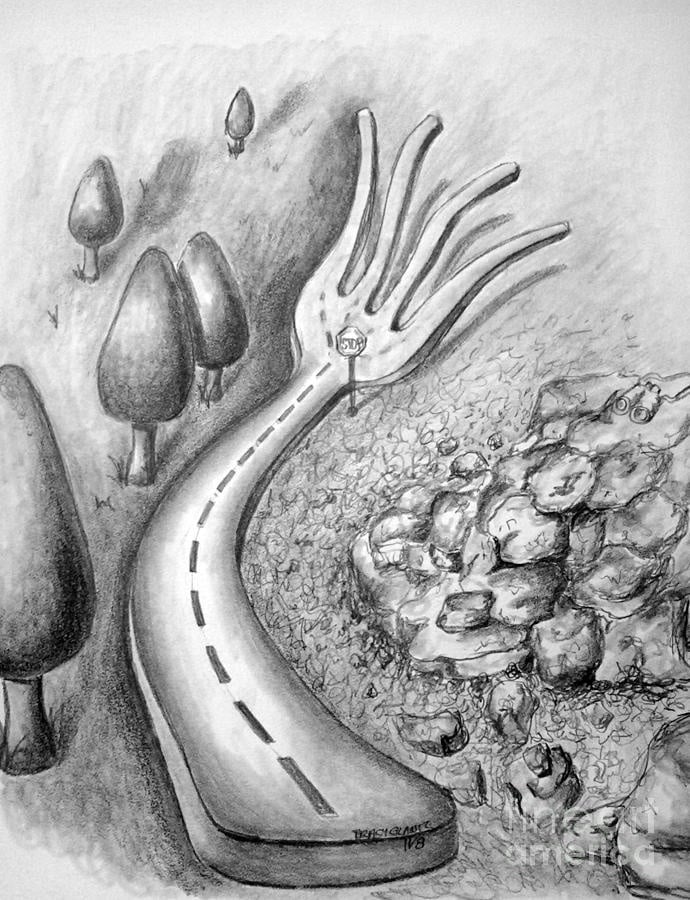
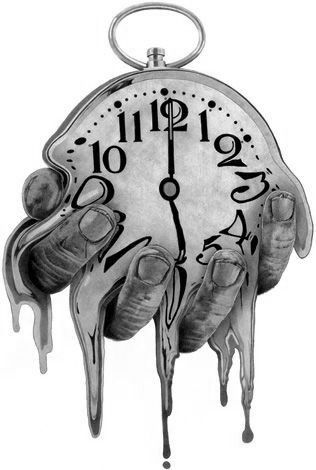
Techniques and Mediums in Surreal Drawing
Surrealist drawing employs various techniques designed to bypass conscious thought and tap directly into the subconscious mind. These methods range from spontaneous mark-making to elaborate experimental processes that produce unexpected results.
Popular Drawing Techniques
Automatism stands as the foundation of surrealist drawing practices. This technique involves creating art without conscious control, allowing your hand to move freely across the paper without planning or editing. When practicing automatic drawing, you set aside technical concerns and let your subconscious direct the process.
Frottage offers another distinctive approach. You place paper over textured surfaces and rub with graphite or crayon to capture unexpected patterns and forms. Max Ernst pioneered this technique, using it to reveal hidden images within everyday textures.
Exquisite cadaver (or exquisite corpse) functions as a collaborative game where artists create sections of a drawing without seeing what others have contributed. You fold the paper to hide previous contributions, creating surprising juxtapositions when the complete image is revealed.
Décalcomanie and Other Experimental Methods
Décalcomanie involves pressing wet paint between surfaces then separating them to create unpredictable patterns. You apply paint to paper, press another sheet on top, then pull them apart to reveal mirror images with unique, organic textures. Oscar Domínguez popularized this technique in surreal artwork during the 1930s.
Grattage requires you to apply layers of paint to canvas, then scrape away sections to reveal unexpected patterns and colors beneath. This creates textural contrasts that evoke dreamlike landscapes or mysterious forms.
Fumage uses smoke as a drawing medium. You hold a lit candle beneath paper or canvas, allowing the smoke to create soot deposits. You can then manipulate these marks to suggest ethereal forms or landscapes.
Mixed Media and Sculpture
Surrealist drawing frequently extends beyond traditional materials into mixed media approaches. You might combine pencil work with collage elements, incorporating found images from magazines or newspapers to create jarring juxtapositions.
Object-based drawings transform everyday items through unexpected contexts. You might arrange objects on paper, trace their outlines, then develop these shapes into dreamlike scenes that challenge perception.
Three-dimensional surreal art often begins with drawing techniques translated into physical form. Artists like Salvador Dalí created sculptures based on surrealist drawing concepts, bringing impossible objects into material reality.
Digital tools now extend traditional surrealist techniques. Software allows you to create automatic drawings with virtual brushes or manipulate images in ways that reflect décalcomanie and other historical methods while exploring new possibilities unique to digital environments.
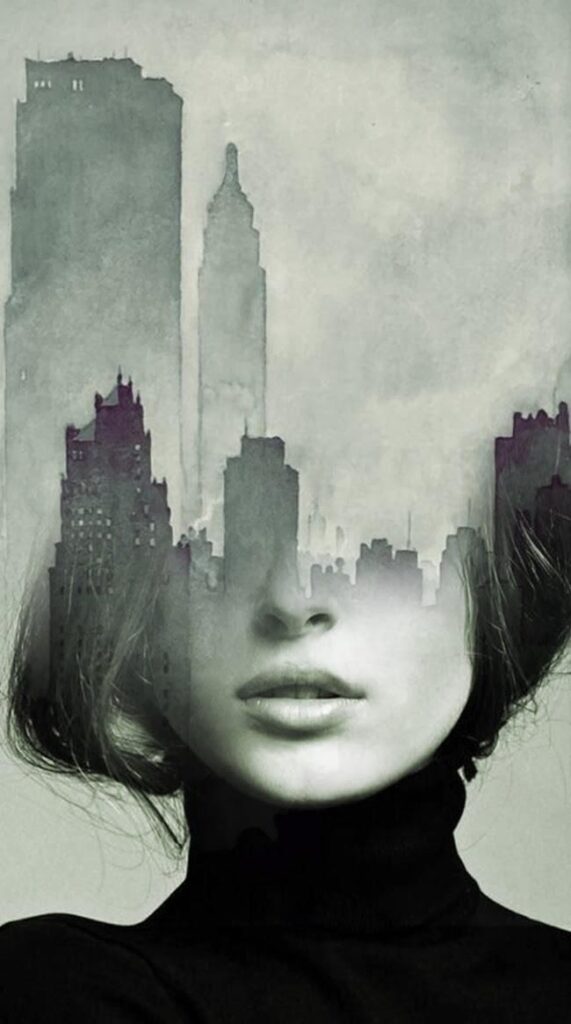
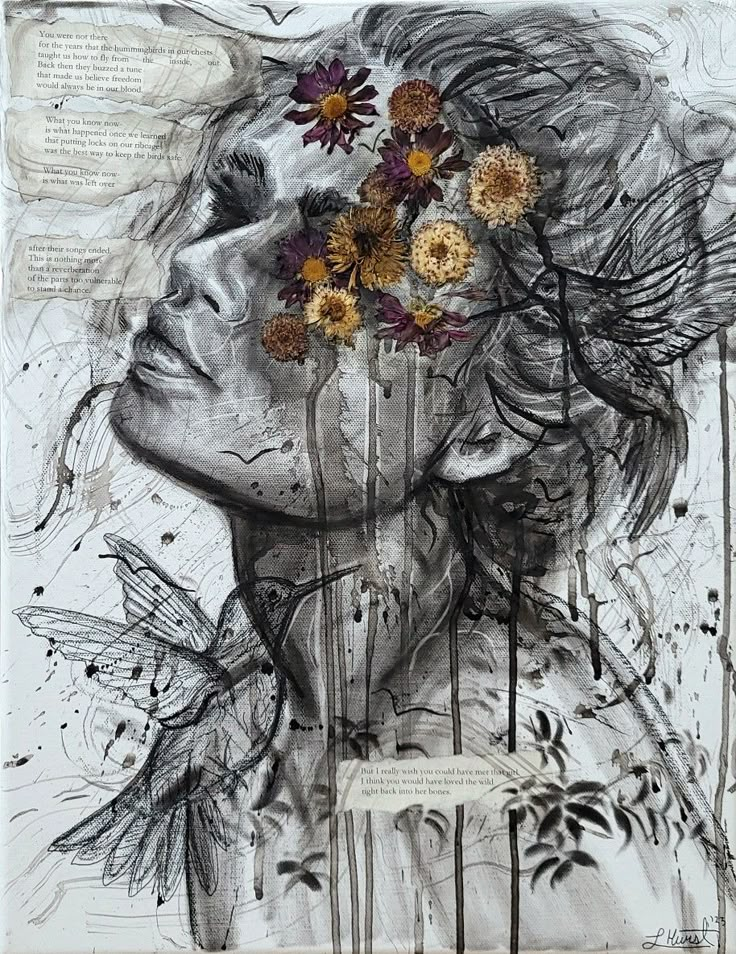
Influential Artists in Surreal Drawing
Surrealist artists revolutionized drawing by challenging conventional reality and exploring the subconscious mind. Their innovative techniques and distinctive visual languages continue to influence contemporary art practices today.
Salvador Dalí’s Impact
Salvador Dalí stands as perhaps the most recognizable figure in surrealist drawing. His meticulous draftsmanship created dreamlike scenes with hyper-realistic precision, making the impossible seem eerily plausible.
Dalí’s signature melting clocks in “The Persistence of Memory” (1931) exemplify his ability to distort familiar objects into uncanny forms. His drawing technique included what he called the “paranoiac-critical method,” allowing him to discover hidden images within his compositions.
You can identify Dalí’s work by several recurring motifs: barren landscapes inspired by his native Catalonia, elongated figures, and symbolic imagery drawn from his personal obsessions. His technical virtuosity in pencil and ink drawings established surrealism as a movement that could be both conceptually challenging and visually captivating.
René Magritte and Conceptual Imagery
René Magritte approached surrealism through conceptual contradictions rather than dreamlike distortions. His precisely rendered drawings challenged how you perceive everyday objects by placing them in impossible contexts.
Magritte’s drawings feature clear lines and realistic rendering, making their conceptual subversion even more powerful. In works like “The Treachery of Images” with its famous pipe, he questioned the relationship between representation and reality.
Unlike Dalí’s flamboyance, Magritte maintained a methodical, almost bureaucratic drawing style. This straightforward technique amplified the philosophical puzzle at each image’s core. His influence extends beyond art into advertising, design, and popular culture.
You can recognize Magritte’s distinctive visual vocabulary through recurring elements: bowler-hatted men, clouds, pipes, and ordinary objects made extraordinary through unexpected juxtapositions or scale shifts.
Max Ernst and Experimental Approaches
Max Ernst pioneered experimental drawing techniques that became fundamental to surrealist practice. His methods included frottage (rubbing pencil over paper placed on textured surfaces) and decalcomania (pressing paint between surfaces).
Ernst’s drawings often incorporated elements of collage, combining disparate imagery to create mysterious new entities. His work “The Horde” demonstrates how he transformed ordinary materials into haunting visions through innovative processes.
You can see Ernst’s biological background in his drawings, which frequently feature hybrid creatures and metamorphic forms. These bizarre creations emerge from forests, landscapes, and architectural ruins.
Ernst’s willingness to surrender artistic control to chance operations influenced later artistic movements like Abstract Expressionism. His drawings balance meticulous detail with unpredictable textures, creating visually complex works that reward careful examination.
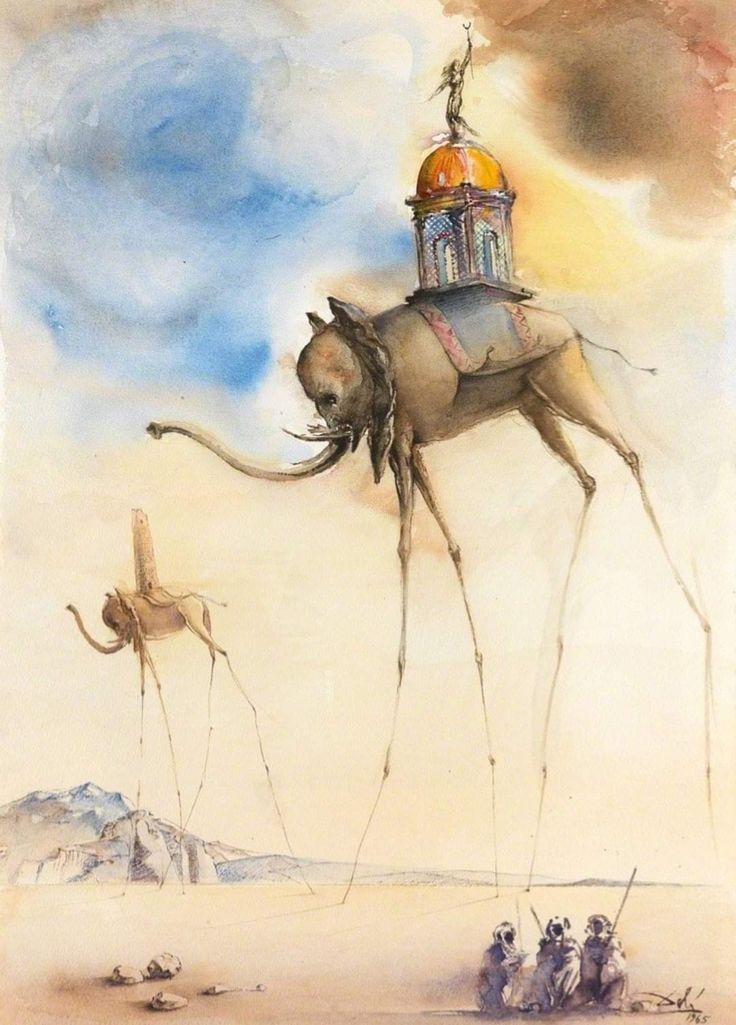
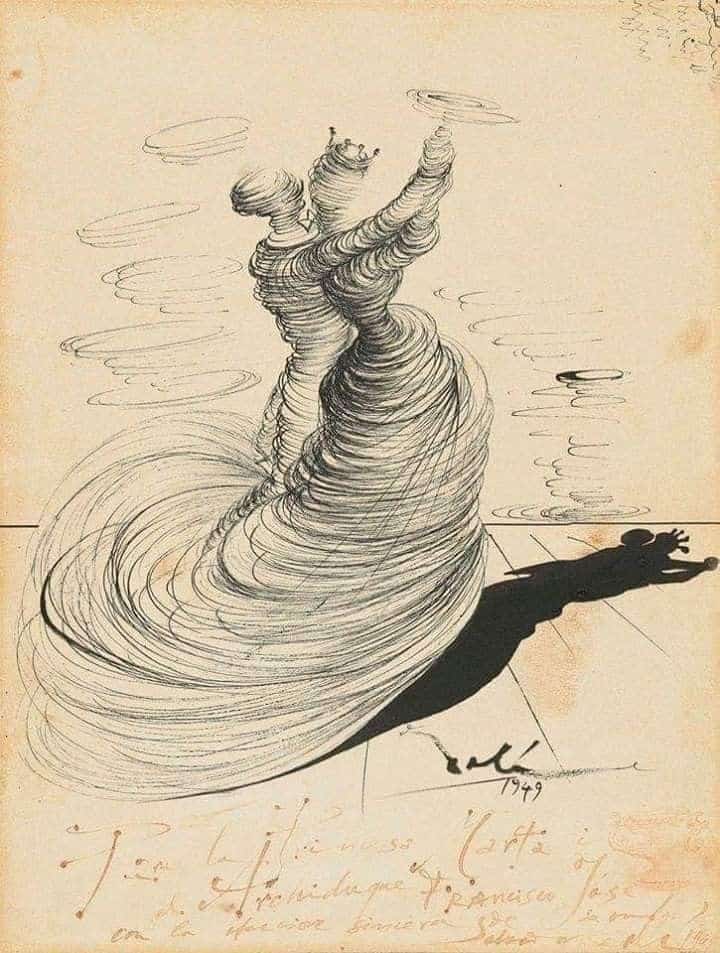
Modern Surreal Drawing and Its Influence
Surrealist drawing continues to evolve in the 21st century, breaking boundaries between traditional mediums and digital technologies. Artists today draw inspiration from historical surrealist techniques while incorporating contemporary themes and tools to create work that speaks to modern audiences.
Contemporary Surreal Drawings
Contemporary artists have revitalized surreal drawing by blending classical techniques with modern concerns. You’ll find today’s surrealists addressing themes like technology, environmental crisis, and identity politics through dreamlike imagery. Artists like James Jean and Shahzia Sikander create detailed works that merge personal mythology with cultural commentary.
These artists often employ traditional surrealist methods like automatic drawing and juxtaposition but with fresh perspectives. Unlike their predecessors, contemporary surrealists frequently incorporate multicultural influences and digital tools into their process.
Social media has dramatically expanded the reach of surreal artwork. Platforms like Instagram have created communities where surreal artists can share work instantly with global audiences. This accessibility has democratized surrealism, allowing emerging artists to gain recognition outside traditional gallery systems.
Expansion into Digital Art and Videos
Digital technology has revolutionized surreal drawing, enabling artists to create impossible worlds with unprecedented precision. Software like Procreate and Adobe Creative Suite provides tools that mimic traditional media while offering capabilities beyond physical limitations.
Digital surreal art often incorporates animation and interactivity. You can experience this evolution in the work of artists like Beeple and Android Jones, who create immersive surreal environments that respond to viewer input.
Motion has become a crucial element in modern surreal expression. Short surreal videos and GIFs populate social media feeds, continuing the surrealist tradition of disrupting normal perception through unexpected movement and transformation.
VR and AR technologies represent the newest frontier for surreal drawing. These immersive technologies allow you to literally step inside surreal worlds, fulfilling the surrealist ambition of creating fully realized dream environments beyond the constraints of physical reality.
- 0shares
- Facebook0
- Pinterest0
- Twitter0


